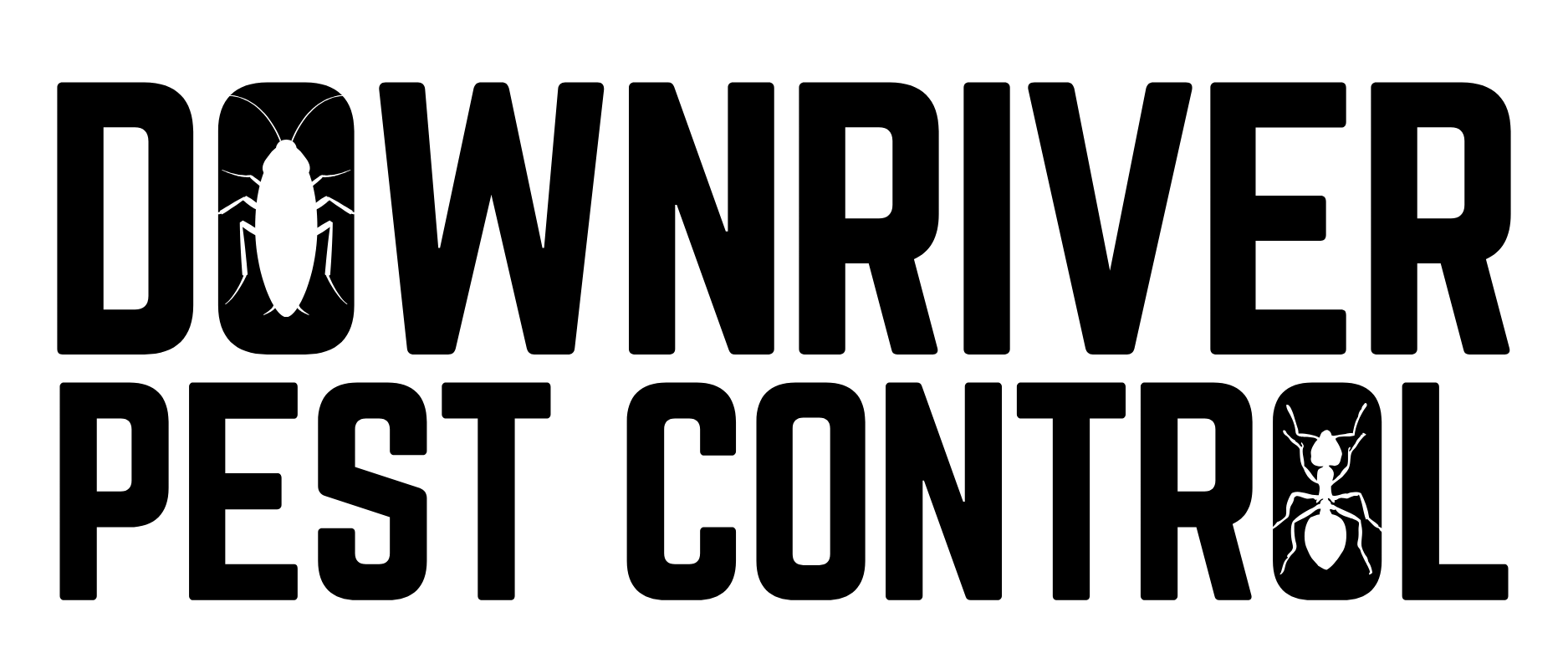Understanding Boxelder Bugs: Insights and Solutions
Top Facts About Boxelder Bugs
Here Are Downriver Pest Control's Top 6 Facts About Boxelder Bugs
1. Tree Lovers
These bugs are named after the box elder tree, where they often gather in large numbers to feed on the leaves, seeds, and sap.
2. Sun Seekers
Box elder bugs are attracted to warm, sunny surfaces, which is why they often congregate on the south and west-facing sides of buildings.
3. Seasonal Invaders
While they spend most of their time outdoors, box elder bugs seek warmth and shelter indoors during the fall and winter months, often entering homes through small cracks and gaps.
4. Surface Stainers
When crushed, box elder bugs can release a red liquid that may stain walls, furniture, and curtains, making them more of a cleaning hassle.
5. Flight Patterns
Box elder bugs are excellent fliers and can travel long distances to find food or warm places to overwinter.
6. Herbivorous Diet
Box elder bugs feed primarily on the seeds, leaves, and flowers of box elder trees, but they can also be found on maple and ash trees.
Effective Strategies to Prevent Boxelder Bug Infestations
Seal Entry Points
- Inspect and Seal Cracks: Box elder bugs enter homes through cracks and gaps in the exterior. Seal any cracks around windows, doors, siding, and foundations using caulk or weatherstripping.
- Repair Screens: Ensure all window and door screens are intact without holes, and consider adding screen mesh over vents and attic openings.
- Install Door Sweeps: Attach door sweeps on exterior doors to prevent bugs from sneaking in underneath.
Maintain Proper Indoor Climate
- Control Humidity: Box elder bugs are attracted to warmer temperatures, especially in fall and winter. Keep your home cool to make it less inviting.
- Use Dehumidifiers: In basements and attics, use dehumidifiers to reduce moisture, which can deter box elder bugs from seeking shelter indoors.
Monitor for Box Elder Tree Activity
- Inspect Trees Regularly: If you have box elder, maple, or ash trees on your property, regularly inspect them for signs of box elder bug activity, especially in late summer and early fall.
- Tree Removal (Last Resort): If the infestation is severe, consider removing box elder trees near your home. However, this is typically a last resort as proper pest control measures can often manage the problem.
Remove Attractants
- Clear Debris: Remove any leaf piles, fallen branches, or other debris near your home’s foundation, as these provide shelter for box elder bugs.
- Reduce Vegetation: Trim back plants and trees near the home, especially box elder, ash, and maple trees, as box elder bugs feed on these.

